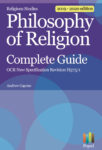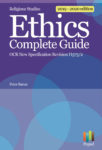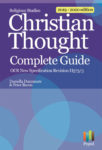Extract 4: HH Price Dreamstate
December 27, 2012
H. H. Price’s View of the Afterlife
From N. F. Gier “Humanistic Self-Judgment and After-Death Experiences” in Geddes MacGregor, ed., Immortality and Human Destiny. New York: Paragon House, 1985, p.3.
English philosopher H. H. Price has given one of the most persuasive arguments for the possibility of after-death experiences. Price argues that we could conceive of such experiences on the basis of an analogy with dream experiences. He contends that dream worlds and the hypothetical “next world would be realms of real mental images.” As Price states: “Mental images are not…imaginary at all. We do actually experience them, and they are no more imaginary than sensations” (“Survival and the Idea of Another World,” Proceedings of the Society for Psychical Research 50 [January, 1953]).
Mental images do indeed resemble percepts. This similarity gives credibility to those accounts of mediumistic communication in which the dead find it difficult to believe that they are dead. “This is just what we should expect,” says Price, “if the next world is an image-world.” Price goes on to observe that such a world is no less substantial than the world of some European philosophers, who claim that the world is nothing but sense data arranged according to custom and habit. Price’s after-world is built along similar lines: “Such a family of interrelated images would make a pretty good object. It would be quite a satisfactory substitute for the material objects we perceive in this present life. And a whole world composed of such families of mental images would make a perfectly good world.”
Such a world would be spatial-temporal as well as being filled with qualities. We would, for example, be able to tell the head from the tail of a dream tiger; we would be able to see color and spatial arrangement of its stripes; and we would experience the exciting temporal sequence of the tiger chasing us through an Indian forest. Therefore, the dream world has definite spatial-temporal relations and contains extended, bounded entities. Concluding that “there is no a priori reason why all extended entities must be in physical space,” Price suggests the possibility of some nonphysical body.






0 Comments